Matsu is a fun getaway just 45 minutes by plane from Taipei. Here you can find traditional stone villages, bioluminescent “blue tears,” wild sika deer, military museums, the world’s largest Mazu statue, a variety of local food, and much more to explore. In this blog, we will share with you some of the major sights and experiences you can enjoy on these islands.
Historical Background:
Thousands of years ago, stone-aged peoples once inhabited the Matsu Islands. These stone-aged people later disappeared.
The Matsu islands were inhabited again around the Song Dynasty (990 – 1200 AD) by Chinese fishermen, the descendants of whom still inhabit the islands today.
Because the Goddess Mazu’s corpse washed ashore on this island, Nangan is also known as Matsu Island.
During the Chinese Civil War, Matsu was used as a military outpost for the retreating ROC. During the years that followed, it withheld shelling and threats of invasion from China, helping to keep Taiwan free of communist control.
In 1992 after cross-strait relations had warmed up, martial law was lifted on the islands and tourists were allowed to visit.
In the year 2000, a ferry link with Fuzhou started to provide constant China Mainland visitors to the island, as part of the three links with China.
In 1994 Beigan Airport was opened and was the only airport in Matsu for 9 years. In 2003, the Nangan Airport was opened, which significantly lowered the number of travelers to Beigan. However fast and convenient boat travel has made it so that most tourists travel to both islands.
Matsu (or officially Lienchiang County of Fujian Province 連江縣) consists of 36 islands or islets, with 5 major islands: Nangan, Beigan, Xiju, Dongju, and Dongyin, and minor islands including Daqiu, Xiaoqiu, Gaodeng, and Liangdao.
Nangan has a population of 4,000 people and is the largest island in Matsu in terms of population and geographical size.
Beigan Island is the second largest island in Matsu (behind Nangan), and has a population of about 2,500.
Xiju and Dongju Islands sit next to each other and have a combined population of 1,500 people.
Dongyin is the third largest island in terms of size and population, with about 1,300 people.
Daqiu is a small island near Beigan with a population of 1 human and about 300 wild sika deer. Xiaoqiu is another small uninhabited rocky islet next to Daqiu.
Gaodeng Island and Liangdao Islands are also sizable islands in the chain but are military islands that are currently closed off to tourists.
How to get there:
By Plane:
The easiest way to get around the islands is to take a plane from Songshan Airport or by boat from Taipei or Keelung Nangan and then go island hopping from there. Nangan is the main transportation hub for all the islands. Plane rides are about 2000 NT (one way from Taipei). There are flights to and from Taipei Songshan Airport three times a day via Uni Air. You can book flights on KKday here, Trip.com here, CheapO Air here, or Kiwi here.
By Ferry:
Ferry trips to Matsu are about 500-2000 NT per person (one way from Taipei or Keelung)
160 NT per person (one way from Beigan) You can book ferry tickets to Matsu on KKday here.
Dongyin Island:
By Boat: There are daily ferries from Keelung Harbor that usually take an overnight trip to Nangan, passing through Dongyin Island. The price for a one-way ride is 400-2000 NT depending on the type of accommodation you want on the boat.
Boats from Nangan leave twice a day and take 2 hours. The price for a one-way ride is 350 NT.
Beigan Island:
By Boat: There are boats from Nangan Fu’Ao Harbor (南竿福奧港) to Beigan Baisha Harbor (北竿白沙港) every hour from 7 AM to 5 PM. There are no daily routes to Beigan from other islands (except Daqiu).
You can book tickets between Nangan and Beigan Islands on KKday here.
By Plane: There are flights to and from Taipei Songshan Airport three times a day via Uni Air. You can book flights on KKday here, Trip.com here, CheapO Air here, or Kiwi here.
Daiqu Island:
Public Ferry from Nangan Fu’Ao Harbor (福澳港) (April to October):
350 NT round trip per person (Stops at Baisha Harbor in Nangan)
Nangan departure times: 9:50 AM, 1:30 PM, Daqiu departure times: 12:10 Noon, 3:40 PM
Trip takes about 20 minutes.
You can book a ferry to Daqiu Island on KKday here.
Public Ferry from Beigan Qiaozi Harbor (橋仔港) (May to October):
300 NT round trip per person
Beigan departure times: 8:30 AM, 2:30 PM, Daqiu departure times: 10:30 AM, 4:30 PM
https://hotels.matsu.idv.tw/ferry.php
Trip takes about 10 minutes.
Chartered ferries: Around 300 NT per round trip.
You can book tickets between Nangan and Beigan Islands on KKday here.
Nangan Island:
By Boat: There are daily ferries from Taipei or Keelung that usually take an overnight trip to Nangan, passing through Dongyin Island.
There are boats from Beigan Baisha Harbor (北竿白沙港) to Nangan Fu’Ao Harbor (南竿福奧港) every hour from 7 AM to 5 PM.
You can book tickets between Nangan and Beigan Islands on KKday here.
By Plane: There are flights to and from Taipei Songshan Airport three times a day via Uni Air. You can book flights on KKday here, Trip.com here, CheapO Air here, or Kiwi here.
Dongju and Xiju Islands:
By Boat: Ferries from Nangan leave every 3 hours, with three trips per day. The trip takes about an hour. Price is 200 NT one way.
How to get around the islands:
Matsu has large, hilly islands and it would be very hard to get around on foot or bicycle. We recommend one of the following.
By Ferries: The only way to get to smaller islands without airports is by ferry. You can check KKday here for ferry tickets or buy them at the harbor.
By Scooter: We recommend riding a scooter as your #1 choice. It’s fast, and convenient, and there isn’t much traffic on the island. A scooter will cost about 500 NT per day to rent.
You can rent a scooter on Klook here or KKday here.
When braking on hills, use both brakes, otherwise, you could lose traction on one tire and skid. Don’t stop or park on a slope. Also, some hills that are too steep are closed off for scooters.
You can also check out our scooter rental guide here.
By Car/Taxi: You can rent a car or hire a taxi for 200O NT per day. If you are looking for car rentals, you can also search Qeeq here, Klook here, or KKday here. You can also check out our car rental guide here.
By Bus: There are buses that go around the islands, but wait times can be 30 minutes or more.
By Bicycle: Cycling is the best way to enjoy Taiwan’s landscapes if you have the time and energy. Looking for bicycle rentals in Taiwan? You can search on KKday here and search for tours on Klook here. You can also check out our Taiwan cycling guide here.
Where to Stay:
We have stayed at and recommend Fu Hwa Homestay on Nangan and B&B of Blueshine on Beigan. Both places were excellent and provided us a car ride to and from the airport for free.
You can also check out our Taiwan hotel guide here.
Looking for a hotel? We recommend booking through Agoda here, which provides the best quality selection of accommodation on the island.
When to go:
We recommend going between April and June when the “blue tear” phosphorescent microbes in the water will be the most visible at night. Also, winters can be cold and windy, and summers very hot, and there could also be typhoons in the summer and fall.
Tours and Activities:
Beihai Tunnel Rocking Boat: about 150 NT
Blue Tears Museum: about 300 NT
SUP/Paddle experience: about 2300 NT
You can search for other tours and activities on KKday here or Klook here.
Map:
Please see below:
Matsu In General:
If you are going to all the islands in Matsu, it should take you at least 4 days, two of which you will be on a boat for most of the day (to Dongju, Xiju, and Dongyin). For this reason, we skipped Dongju, Xiju, and Dongyin. Maybe we will cover them on a later trip, but for now, our guide covers the following:
Blue Tears 藍眼淚

We went in late July, but the high season for blue tears is April to June. We could see them with the naked eye, but they don’t show up well on camera. This is the best photo that I got of the blue tears. The best photos are those that are far away from light sources. You will need a trip and an SLR camera that can adjust for a long shutter speed. Also, you will need another light source to make sure you have the right focus. (Read More…)
You can book a ticket to the Blue Tears Museum here.
Seafood 海鮮

Matsu is known for its fresh and delicious seafood, like this mussel (淡菜). These mussels were delicious, but a little expensive at 200 NT for just one plate of them. (Read More…)
Matsu Hamburger 馬祖漢堡

The Matsu Hamburger is a popular food on the islands and is actually called “Jiguang Bread” in Fujian. It was used as food for soldiers because it had a hole in it, making it easy to carry around. It is named after Qi Jiguang, a successful Ming Dynasty General who drove out the Wokou Pirates that had invaded Fujian in the mid-1500s AD. During the fighting, he invented what is now the Matsu Hamburger by commanding his men to make a portable salty bun with flour because he needed to move quickly. Now the people in Fujian all make this “Jiguang Bun” in remembrance of Qi Jiguang who drove the pirates out of Fujian. The bun is also made in Matsu, which was once part of Fujian and has been known to mainland Taiwanese as the Matsu Hamburger. (Read More…)
Traditional Stone Houses 傳統石頭屋

Most of the houses in Matsu are built in traditional Fujian, Fuzhou style with a square design tile roofs, and rocks holding down the tiles in case of winds. The stones are made from local granite or sandstone that is plentiful on the islands. Some of the best-preserved villages are in Beigan, but you can find these houses on every island in Matsu. Many of these houses are hundreds of years old. (Read More…)
Daqiu Island 大坵島

Daqiu Island is a small island in Matsu (Lienchiang County), Taiwan that is home to hundreds of wild Sika Deer, and is a “deer-watching paradise.“ Once home to a small village, then ROC military base, this island is now home to only one man who takes care of the hundreds of deer on the small island. It is a worthwhile day trip for anyone visiting the Matsu Islands.
It was definitely the highlight of our entire trip to Matsu. (Read more)
Sika Deer 梅花鹿

Sika Deer were originally raised in Matsu during the Chinese Civil War (1950-1970s) as a food supply for soldiers to eat. However, the soldiers did not like deer meat that much, and as tensions with China eased, the practice was discontinued. The 13 deer that remained were sent to Daqiu Island in 1981 and left to become wild. Now there are around 200 deer living on the island. (Read more)
Daqiu Abandoned Military Base 廢墟軍事基地

On top of Daqiu Island is an abandoned fort, called Daiu Fort (大坵堡), it is a popular selfie and photo opportunity spot. (Read more)
Daqiu Abandoned Fishing Village 廢墟漁村
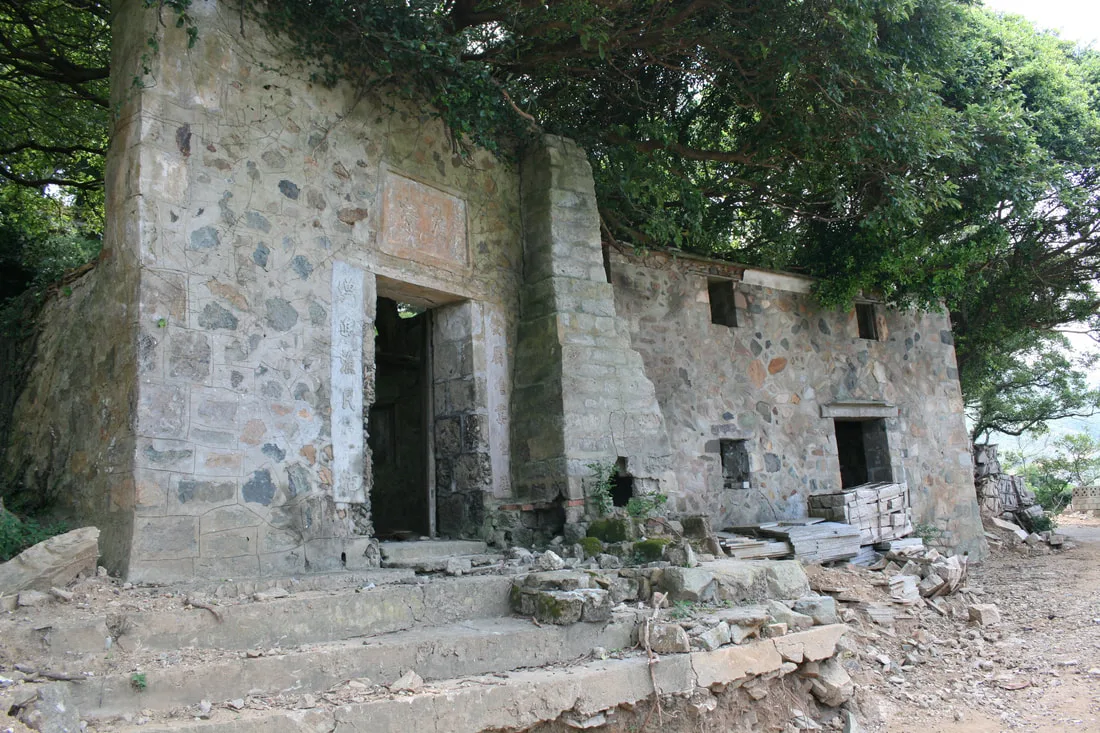
Near the fishing port at Daqiu Island, you can find quite a few abandoned houses, leftover from a fishing village that housed close to 300 people but is now abandoned. (Read more)
Beigan Island 北竿島

Beigan Island is one of the two largest Islands in Matsu (officially Lienchiang County, Taiwan), and has some of the best preserved traditional stone-made fishing villages on the islands. There are also many historical military sites, as the islands were part of the front line during the Chinese Civil War. It is easily accessible via airplane or boat from Taipei.
Tangqi Village 塘崎村

Tangqi Village is the largest and most modern village on Beigan Island. Traditional stone houses have largely been replaced by modern buildings. This town has an airport, post office, government buildings, and lots of restaurants, not to mention 7-11, one of only two on the island. (Read More…)
Qinbi Village 芹壁聚落

Qinbi village in Beigan is one of the most popular tourist sites on the islands, and is known as “A Mediterranean Village in Matsu” and “the most representative traditional architecture in all of Matsu, with well-preserved houses that are the focus of attention by architecture, art, and culture circles in Taiwan and overseas.” (Read More…)
Mastu Broadcasting Station 馬祖廣播站

Much like the famous Beishan Broadcasting Tower in Kinmen, the Matsu Broadcasting Tower is a tower with many megaphones that broadcasts anti-communist propaganda and popular Taiwanese music to China, only a few kilometers across the water. Now there is an artsy display on the side of the road. (Read More…)
Mount Bi 壁山

Mount Bi is the highest Island in the Matsu Islands and has great views to the east. You can’t get a 360 view because there is a military base on the tip top and taking photos there is not allowed. (Read More…)
War and Peace Memorial Exhibition Center 戰爭和平紀念公園主題館

Located at the back of Houwo Village, the War Memorial Peace Park displays weaponry, strongholds, and military tunnels. Entrance to the war museum is free, and it is the best place to understand the history of the war in Matsu. (Read More…)
War and Peace Memorial Park 戰爭和平紀念公園

If you keep traveling past the exhibition hall, you will find a park filled with all kinds of retired war machines. Here you can learn more about the war machines that helped protect Matsu in the recent past. (Read More…)
Nangan Island 南竿島

Nangan is the largest Island in the Matsu Archipelago. Besides being the main transportation hub to the other islands in Matsu, it also has traditional stone house villages, military museums, a giant statue of Mazu, a variety of local food, and much more to explore. You can check out our full guide to Nangan Island here.
Mazu Religious and Cultural Park 媽祖宗教文化園區

The Mazu Religious and Cultural Park mainly consists of a large statue of Mazu and the temple where Mazu’s body was buried. The statue of Mazu is 28.8 meters tall and is the tallest statue of Mazu in the world. It was completed in 2008. (Read more…)
Zhenghe Daidan Memorial Park 枕戈待旦紀念公園

When you come into Nangan by boat, you are greeted by a giant sign on a hill that says “Sleep on your spears” (Zhenghe Daidan 枕戈待旦). Nangan was and is very much a military island.
You can also see a statue of the late KMT dictator Chiang Kai-shek with a giant staircase winding up to him. (Read more…)
Magang Qinguang Night Market 馬港親光夜市

Magang Qinguang Night Market is probably the only real night market in Matsu. It is a street in Magang Village, with both sides filled with restaurants and tourist shops. There is also a 7-11 here. (Read more…)
Matsu Tianhou Temple 媽祖天后宮

The Sea Goddess Mazu’s body is thought to have washed up on shore near here, and her corpse was placed in this temple. Her real name was Lin Moniang, and she is thought to have lived in the late 900s AD, which would mean this temple is very old. Now there are many Mazu temples around Taiwan and around the world. (Read more…)
Jinsha Village 津沙聚落

Jinsha village is perhaps the best preserved traditional stone village in Nangan. Much of Nangan has been modernized, but you can still find a mostly preserved historical village here. (Read more…)
Iron Fort 鐵堡

Iron Fort is one of the most popular historic military attractions on Matsu. It is completely open to the public, In its time, it also saw some real action from Chinese amphibious soldiers. (Read more…)
Beihai Tunnel 北海坑道

Beihai Tunnel is a nearly 1km long tunnel connected to the sea that was used to safeguard ships from artillery and air raids. Now it is a tourist destination, and canoe tours are available. (Read more…)
You can book a Beihai Tunnel Rocking Boat experience here.
Dahan Stronghold 大漢據點
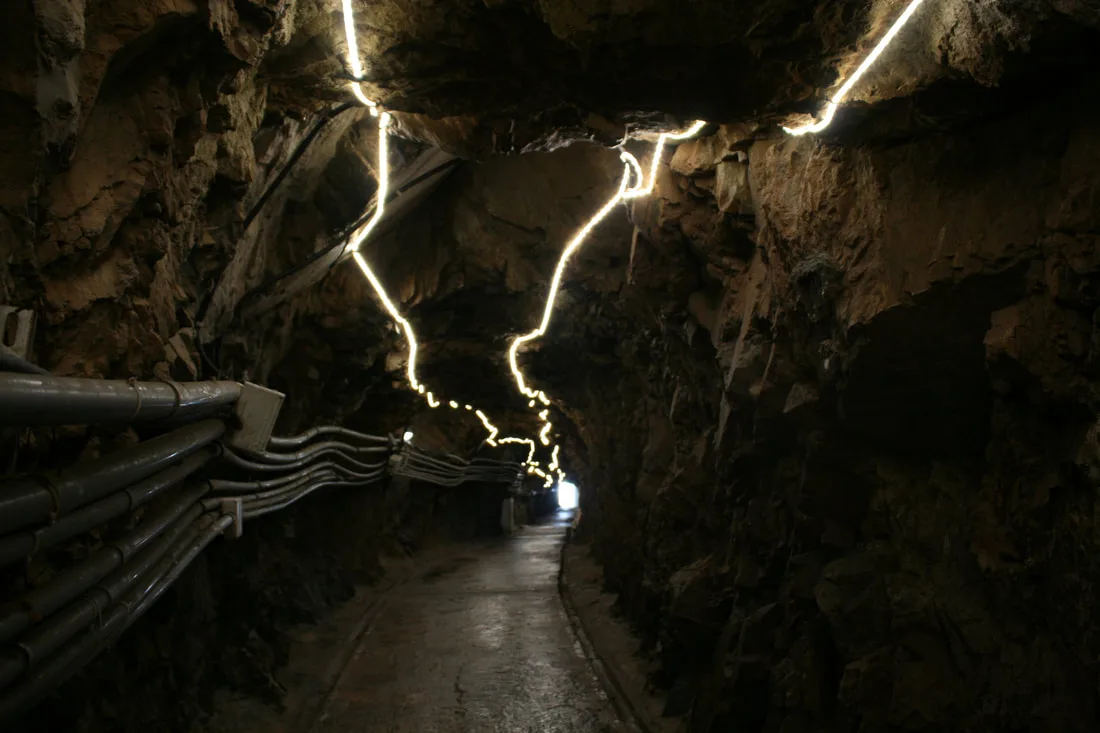
Dahan Stronghold is likely the largest fort/tunnel system open to the public in Matsu. Inside you can see old artillery platforms and feel what it was like to be a soldier in Matsu during the Chinese Civil War. (Read more…)
Jieshou Village 介壽村

Jieshou village is the largest village in Nangan and has the most modern amenities, such as Bafang Dumplings, 7-11, and a fruit and vegetable market. (Read more…)
Tunnel 88 八八坑道

Tunnel 88 is an old tunnel that was once used for the military but is now used to ferment local wine and whiskey. (Read more…)
Niujiao Village 牛角聚落
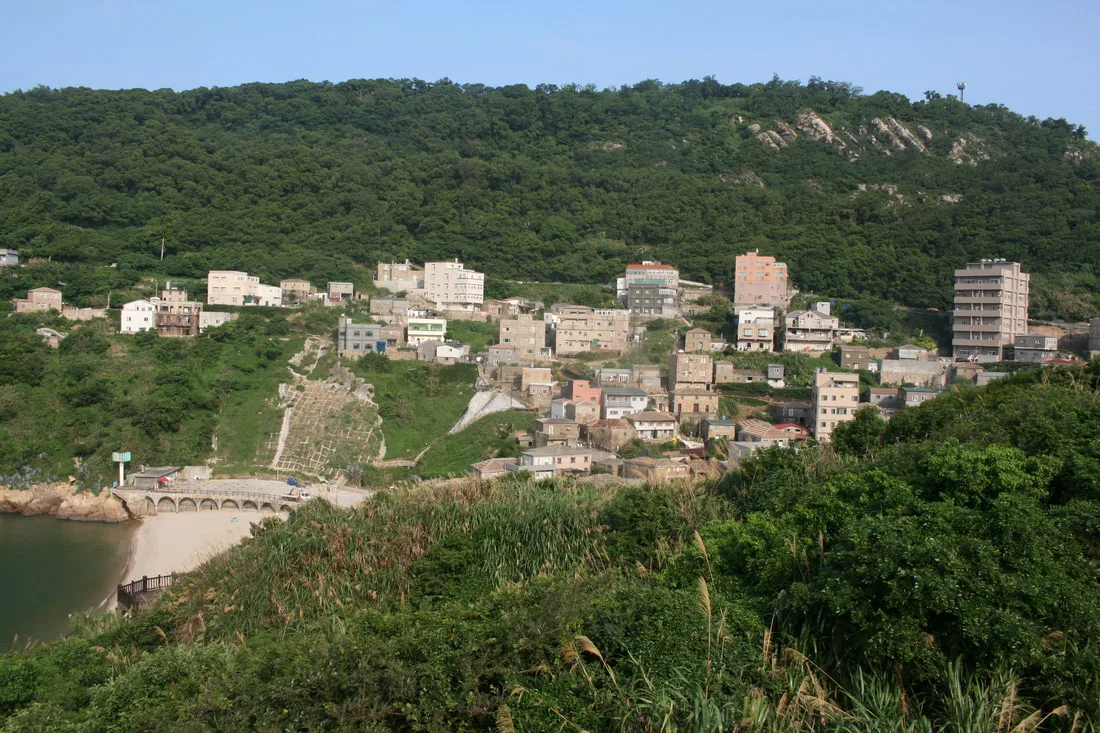
Niujiao is also a historic stone village on the northeast coast of the island. It has some well-preserved stone buildings, and the beach here is popular for watching Blue Tears. (Read more…)
Mt. Yuntai 雲臺山

Mt. Yuntai is the tallest mountain on Nangan and has the best views of the island. There is also a war museum here that is only open to Taiwan nationals.
(Read more…)
Matsu Folk Culture Museum 馬祖民俗文物舘

The Matsu Folk Culture Museum in Nangan is definitely worth a visit. The outside of the building is meant to look like a traditional stone village. There is also some interesting stuff on the inside too. The entrance fee is 40 NT per person, and it is open until 5 PM. (Read more…)
Chiang Chin-kuo Memorial Hall 經國先生紀念堂

The Chiang Ching-kuo Memorial Hall is one of the weirdest sites on the island. We all know the CKS memorial hall in Taipei, but his son’s memorial hall in Nangan is much less well-known. (Read more…)
Things We Missed:
Activities:
Dongyin Island:
- Northernmost point in Taiwan 國之北疆
- Sanshan Fort 三山據點
- Andong Tunnel 安東坑道
Dongju Island
- Dongshou Lighthouse 東獸燈塔
- Secret Little Bay 神秘小海灣
- Fuzheng Village 福正聚落
- Dapu Ancient Village 大浦村古聚落
Xiju Island:
- Kunqiu Sand dunes 坤坵沙灘
You can search for other tours and activities on KKday here or Klook here.
Thanks for reading! For our full blog on Beigan Island click here, for our full blog on Daqiu Island Click here, or for our full blog on Nangan Island click here.
For more of Taiwan’s outer Islands, you can check out our full guides to Xiaoliuqiu here, Penghu here, Green Island here, Kinmen here, and Orchid Island here.
You can also check out our full guide to all of Taiwan’s outer islands here.
You can also check out our full guide to Taiwan here.

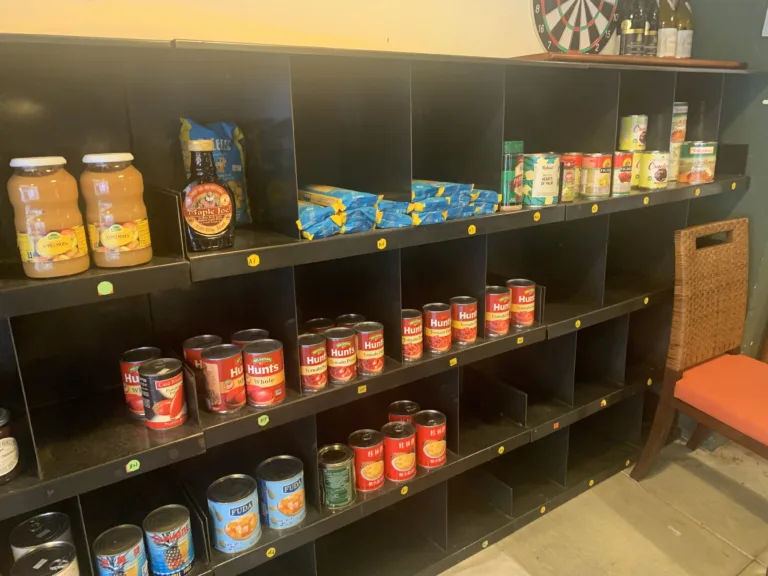


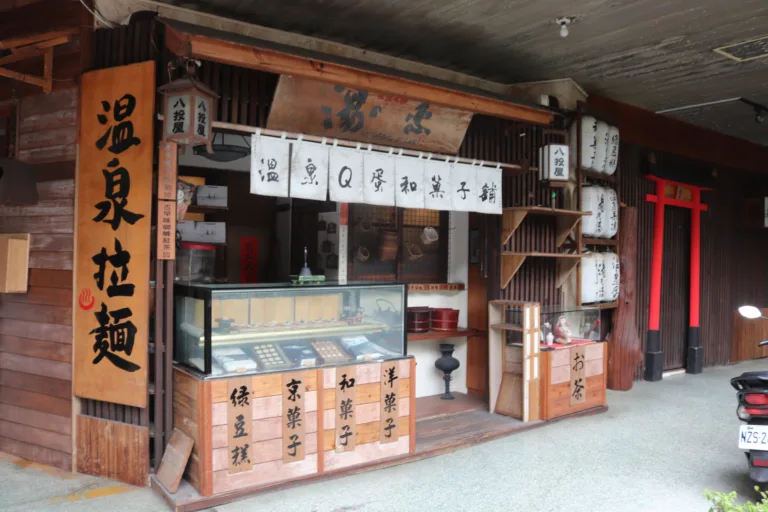


You forgot to mention that you can also bring your own car or motorcycle to the island by ferry.